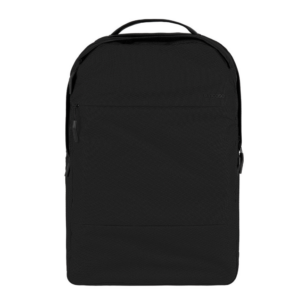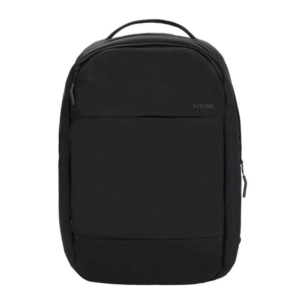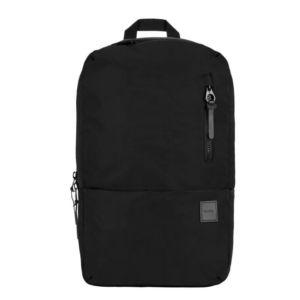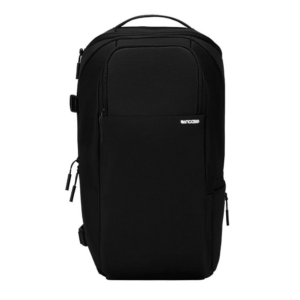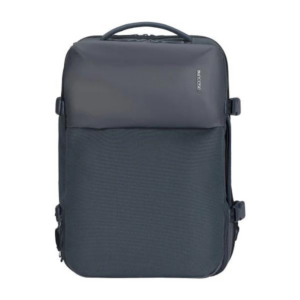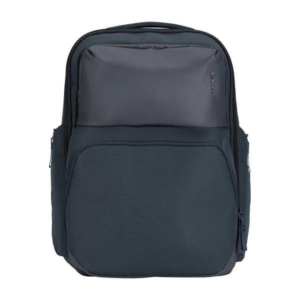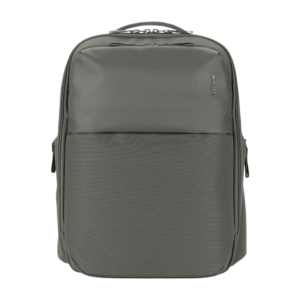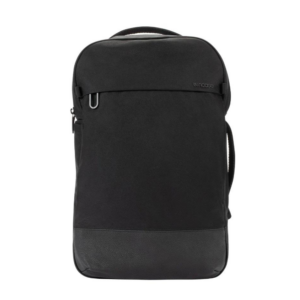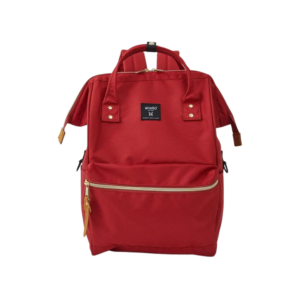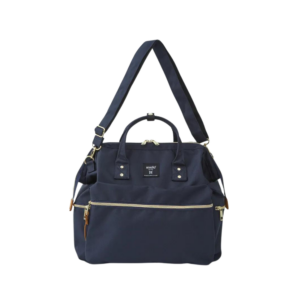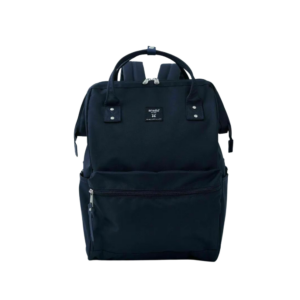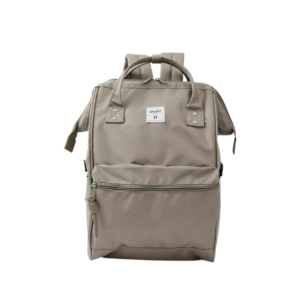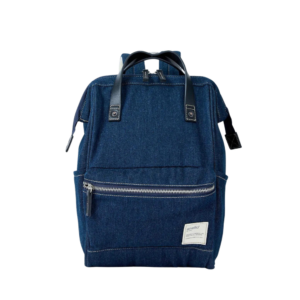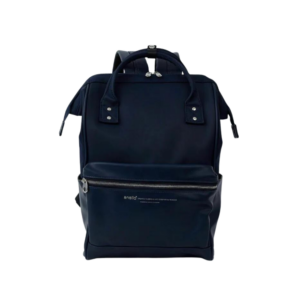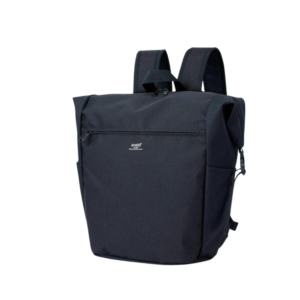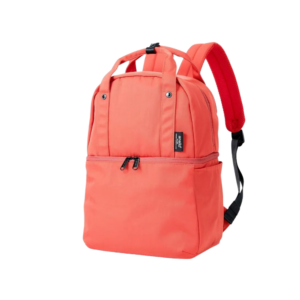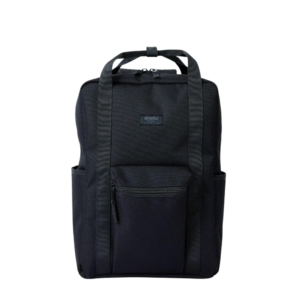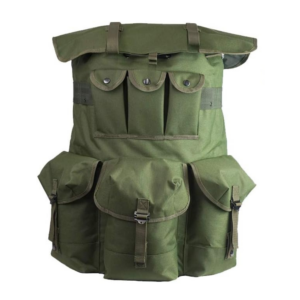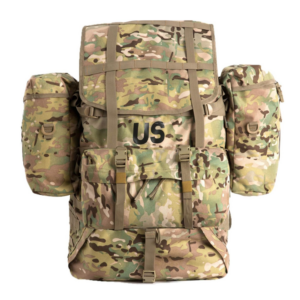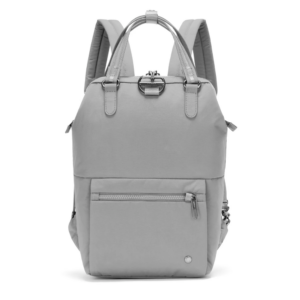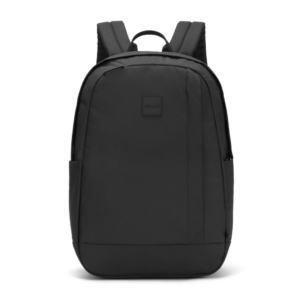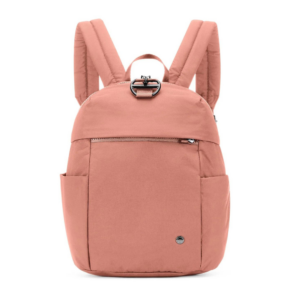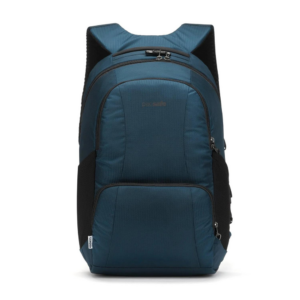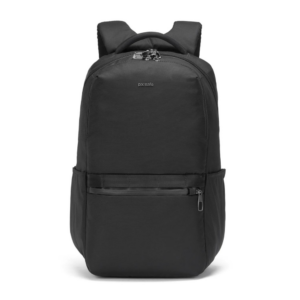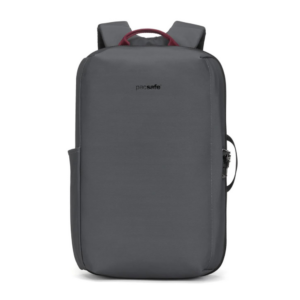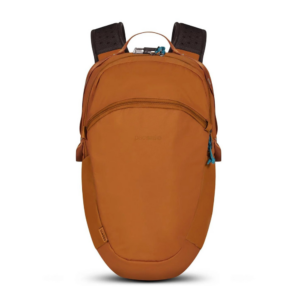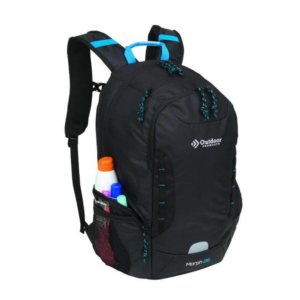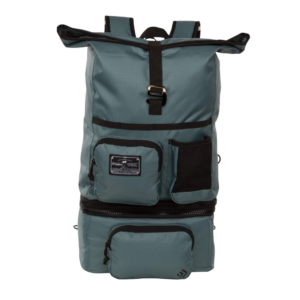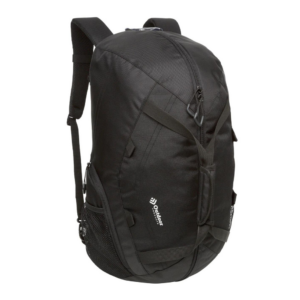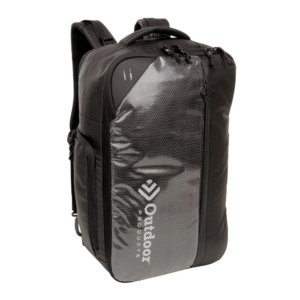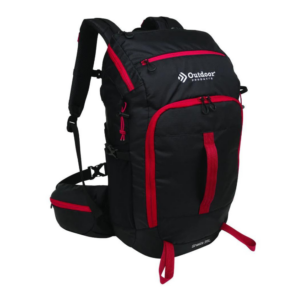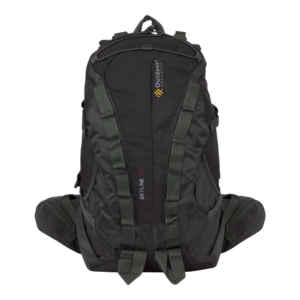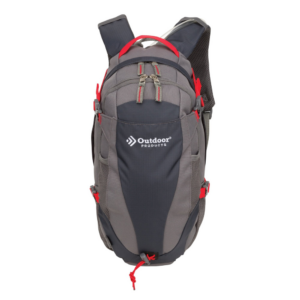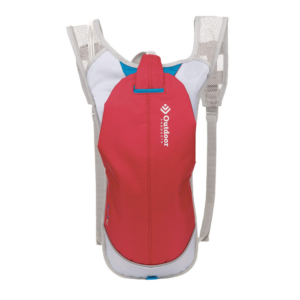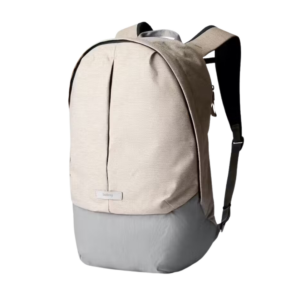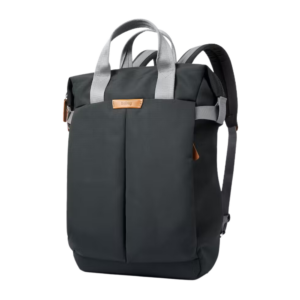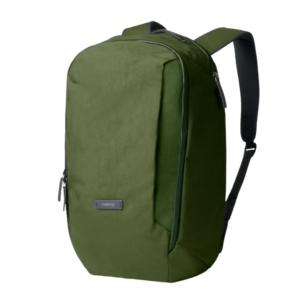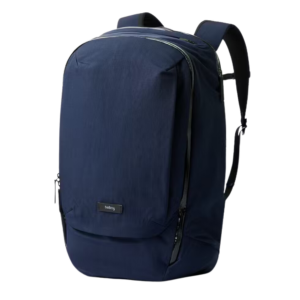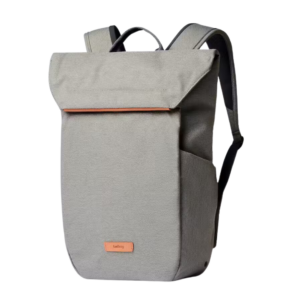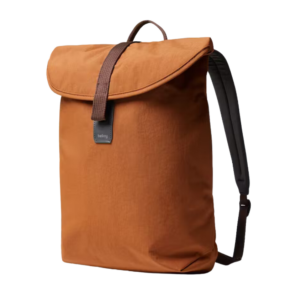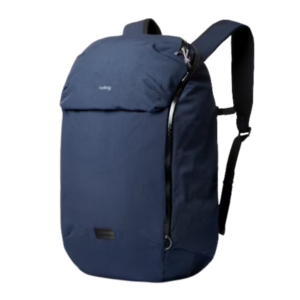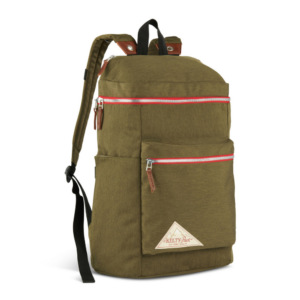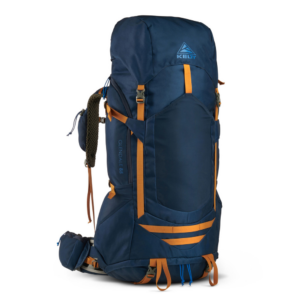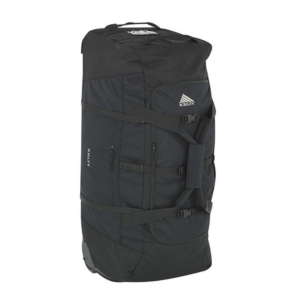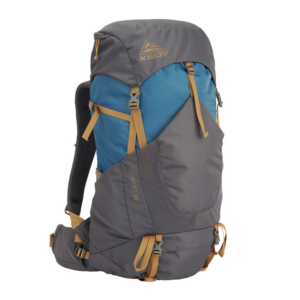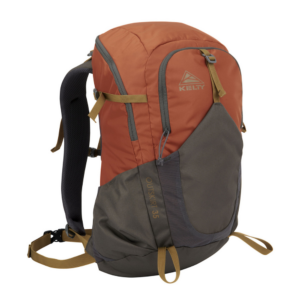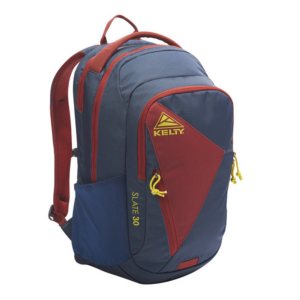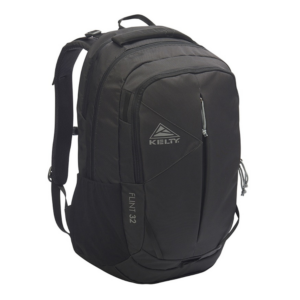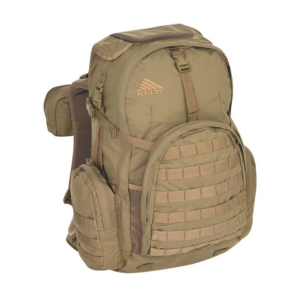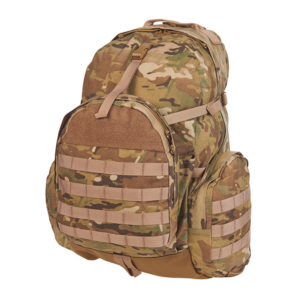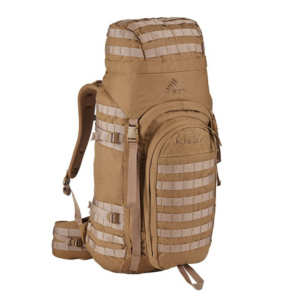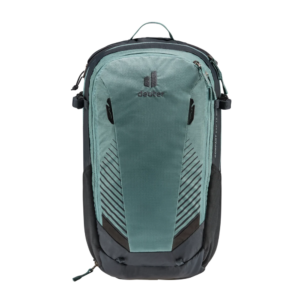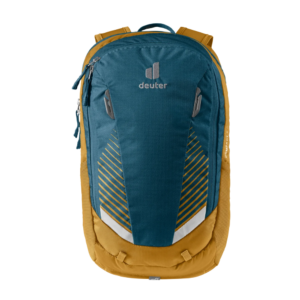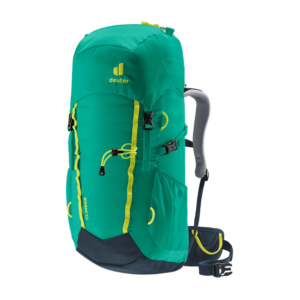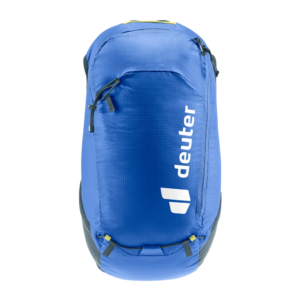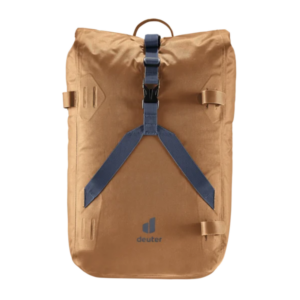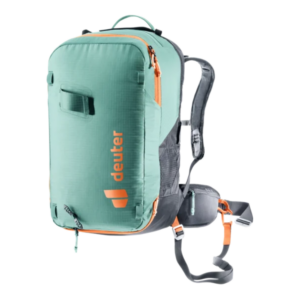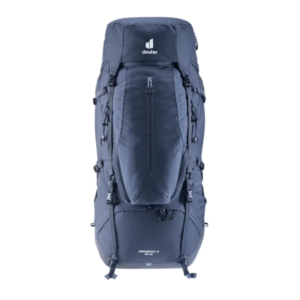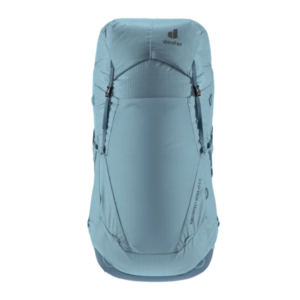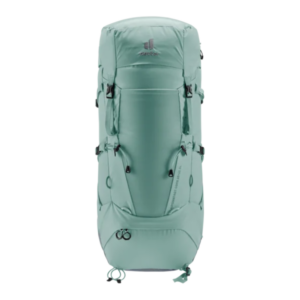Compare Thousands of Backpacks in Hundreds of Categories
Click images to compare, or click descriptions to view products
Compare Thousands of Backpacks in Hundreds of Categories
Backpack Comparison Guide
At a certain point in life, the idea of lugging around textbooks, laptops, and a variety of other necessary items can become a bit much, not to mention your extra shoes, clothes, and other essentials. Unless, of course, you have a great backpack. When searching for your ideal bag at your favorite shop, you'll want to consider what type and size will suit your needs. Whether you're looking for a rugged hiking backpack or something stylish and lightweight, being prepared with a list of criteria/questions can help you find a backpack that you know you'll love.
Different types of backpacks can have a variety of features including size, weight, storage capacity, materials used, padding, and colors. It is best to compare specific models side by side to determine which is the best backpack for your needs. Make sure to also check the shipping options available for your selected backpack.
That's why our ultimate backpack comparison guide is here to help! We'll break down the features to look for when shopping for a backpack, along with some tips and tricks to help you decide which type and size of pack best fits your lifestyle and active adventures.
Don't forget to check for new arrivals, sale items, and gift cards across multiple categories when shopping, as these can influence your purchasing decision.
Which Backpack Suits Your Needs?
Choosing the right backpack for your needs is the most important step in finding the perfect fit. You need to consider the purpose of the bag, such as whether it's meant for school, work, or travel. Additionally, you need to consider factors such as size and capacity, materials and hardware used in construction, any organizational features that may be necessary for your needs, and whether the backpack has dedicated compartments for your important items, such as laptops or luggage.
When deciding on a backpack size, it's important to pay attention to how much you plan to carry. If you're going hiking or camping, you need to make sure you have enough room for all of your gear and supplies. On the other hand, if you'll be carrying around textbooks or laptop computers for school or work, then you may need a smaller bag. The key is to determine what type of items you plan on carrying, including any additional luggage or shoes, and choose accordingly.
In terms of capacity, your choices are typically between 25L-30L and above 30L. Smaller backpacks tend to be suitable for everyday use, while larger ones may be necessary if you have more gear or items to haul around. Additionally, backpacks are available in multiple materials and construction styles such as nylon, canvas, leather, etc., which affects durability and level of protection provided. Make sure to check out all of these features when shopping for a new backpack, and don't forget to consider factors such as colors and style.
Finally, if you want to stay organized with your belongings, it's helpful to assess all of the potential pockets and compartments that can help with separating different items. While more pockets may mean more weight from the exterior material used in construction, you can save yourself time by being able to easily access different items at once.
Now that we've discussed how to choose the right backpack for your needs based on its size, capacity and organizational features let's move on to discussing how picking the right size and capacity are essential when selecting a new backpack.
Picking the right size and capacity for a backpack should depend on the needs of the user. Larger backpacks must be considered when carrying lots of items while smaller packs may work better if only carrying a few items or if space is limited. Always keep your specific needs in mind when shopping for a backpack, and remember to consider factors like shipping costs, available colors, and gift cards as well when making your choice.
With multiple sizes and capacities to choose from, there are several factors to consider when selecting the perfect backpack, whether it's for men, women, or kids. This includes not only the size and capacity, but also the type of clothing and activities you'll be using it for, such as cycling or casual use in the United States.
Picking the Right Size and Capacity
When shopping for size, think about what you’ll be carrying in your pack. Backpacks come in various sizes, ranging from 10-50 liters with 10-15 liters being most ideal for shorter trips and 20-50 liters best for multi-day hikes. A larger capacity bag will fit more and heavier items, but it can also be bulky and uncomfortable. On the other hand, a small bag won't easily fit everything and may cause you to become overburdened with weight distribution issues. You'll also want to take note of available deals on backpacks, especially for popular color options such as black.
Think about how much weight you'll be carrying as well. Heavier backpacks are made with thicker fabrics and more straps for better weight distribution. For example, if you want something for everyday use like school or work, look for lighter bags made with thinner fabric that still provides sturdy support. If you’re hiking or looking at overnight camping trips, opt for something sturdier that will provide long lasting durability and can handle heavier loads.
Finally, consider your height and body type so your backpack won't feel like too much of a burden or cause strain while wearing it. Backpacks come in multiple lengths so look for one where the straps reach comfortably across the shoulders with enough length to make the waist belt sit snugly just above your hips.
It's important to balance your requirements by selecting a pack that fits both your needs and feels comfortable while wearing it. Selecting the right size and capacity will ensure your backpack doesn't become too cumbersome yet can securely accommodate all necessary items.
In the next section we will discuss comparing brands and quality to ensure you are investing in a top quality product that meets all of your needs when selecting the best backpack for your needs.
It is important to assess the brand of backpack that best meets your needs when making a purchase. Brands differ in quality, durability, and price range, so consider each aspect and compare brands carefully.
Some may argue that it’s better to invest in a more expensive, higher end brand due to the fact that they are often made with the highest quality materials and are built to last. These brands provide superior craftsmanship and attention to detail, ensuring that their products will endure long-term use. However, these brands typically come with a hefty price tag that not everyone can afford.
Comparing Brands and Quality
Others argue that budget-friendly, mass produced backpack brands provide options for those shopping on a tight budget. These backpacks may not be as well made or durable as their pricier counterparts, but they should still serve you if your needs are not particularly strenuous. For example, if you don’t plan on using the backpack often or need it for something light like carrying a few books, then a budget-friendly option would suffice.
Compare the different brands available and decide which one stands up to scrutiny in terms of quality and pricing before making your purchase decision. As you weigh all these factors against your needs, consider any additional features such as zippers, pockets, laptop sleeves etc.In order to inform your purchasing decision, it's essential to consider the various features and uses of different backpacks that cater to your specific hobbies and activities. Whether you need a backpack for sport, yoga, dance classes, or hitting the beach, there may be a model with specialized compartments or features available. For instance, sellers might offer a backpack with a laptop sleeve and compartment for your technology needs. Finally, leading into the next section, the next step when selecting an appropriate backpack is to compare materials and durability before making a final purchase.
When selecting the best backpack for your needs, the durability of the materials and construction should be carefully considered. The fabrics and components used to construct a backpack are generally all designed to handle some degree of weight, wear, and tear - although some materials are more durable than others. In most cases, backpacks made with heavier duty fabrics and components have a longer lifespan than those constructed with lighter materials.
Nylon is among the most popular choice when it comes to backpack construction due to its lightweight yet strong properties. On the other hand, canvas and cotton backpacks are often seen as more classic in style but may not be as durable as nylon or other synthetic blends. Generally, a combination of materials will offer better durability due to the different strengths and weaknesses that each material offers.
The type of hardware on a backpack can also affect its overall durability. Quality buckles, straps, zippers, and clips are essential to creating a backpack that stands up to regular usage and can handle heavier weights. However, these features do add to the cost of production, so consumers should balance their needs according to the price they want to pay.
Comparing Materials and Durability
Even with higher-end materials and construction methods, no backpack will last forever if it is constantly overstuffed or handled incautiously. Careful consideration of how the backpack will be used in order to properly choose a material and hardware combination that suits your needs is key for protecting your investment over time.
Leading into the next section about “Balance and Load Support,” this article has discussed the importance of comparing materials when selecting a suitable backpack for your needs. Next, we will consider how important proper balance between the pack contents and support from the shoulder straps can be when determining if a backpack is well-suited for your specific purpose.
When looking for the best backpack, balance and load support are key. By evenly distributing the weight, a backpack will be more comfortable to wear and feel less imbalanced. Factors such as adjustable straps, hip belts, and back support panels are all important features to consider when assessing the balance and load of a backpack.
The use of adjustable straps can help even out the distribution of weight on the shoulders by adjusting the tightness of the straps according to individual preference. The use of hip belts is also crucial in order to increase comfort levels by taking some of the load off the shoulders. Additionally, supportive back panels can drastically reduce the stress placed on the back by evenly distributing the weight across your torso.
It is important to remember that while balancing and supporting loads are critical elements to consider when choosing a backpack, they should not take precedence over mobility and convenience. Therefore, seek out sellers who offer backpacks with suitable compartments, laptop sleeves, and straps that cater to your unique needs and preferences.Finding a balance between sacrificing mobility for increased stability requires careful consideration when selecting a backpack, especially when you have a travel pack for a trip to various places on your list.
When looking for school supplies, travel accessories, or an outdoor activity companion—balance and load support should always be taken into account when making your final decision. With thoughtful consideration of these two factors along with other aspects such as comfort and straps, it is easier to find a perfect backpack that meets your needs and is suitable for the place you're visiting and the people you may be traveling with.
Balance and Load Support
After discussing balance and load support, it is time to move onto another characteristic: Comfort and Straps. Comfortability is arguably one of the most critical considerations when selecting a backpack—ensuring that it fits snugly against your torso with adjustable straps and padding for maximum security and ease of movement regardless of activities being completed or places you visit during your trip.
A key factor when choosing the right backpack is comfort. Look for straps that fit your body—wide and padded shoulder straps are your best bet as they help evenly distribute weight and avoid straining your neck, shoulders, or back. Make sure the straps don't pull back on your neck too much and that the straps can be adjusted so you can ensure the best fit possible. If a backpack doesn't feel good when it's empty, chances are it won't feel good when it's full either.
It's also important to choose a bag with adjustable load lifter straps near the top of the shoulder straps. These short straps should angle back towards your body at a 45-degree angle in order to alleviate tension on your cervical spine. Similarly, if you have heavier items such as electronics or books that are sharply angled against your torso then look for sternum straps to keep the backpacks' contents tight against your body.
No matter which backpack you choose, make sure that it fits with practicality in mind. Not all backpacks look great but if they keep you comfortable when carrying them then they're worth considering. Consider all these aspects of comfort before making a choice as it will save you time, energy, and go a long way towards protecting your physical health over time.
Now let's move on to discuss features, accessories, and utility that can help us make an informed decision about which backpack is best for our needs. When choosing a backpack for your trip, consider the variety of travel pack options available that cater to different people and the places they visit.
When choosing a backpack, comfort should be a top priority. Look for wide and padded straps that can be adjusted to ensure the best possible fit and relieve tension from one's neck and shoulders. Also, load lifter straps at the top of the shoulder straps angled back towards the body at a 45-degree angle may help with comfort and sternum straps are useful for heavier items such as electronics or books. Practicality should always be considered over aesthetics when it comes to backpacks in order to ensure long-term physical health benefits during your trip and beyond.
Comfort and Straps
A key factor when choosing the right backpack is comfort. Look for straps that fit your body—wide and padded shoulder straps are your best bet as they help evenly distribute weight and avoid straining your neck, shoulders, or back. Make sure the straps don't pull back on your neck too much and that the straps can be adjusted so you can ensure the best fit possible. If a backpack doesn't feel good when it's empty, chances are it won't feel good when it's full either.
It's also important to choose a bag with adjustable load lifter straps near the top of the shoulder straps. These short straps should angle back towards your body at a 45-degree angle in order to alleviate tension on your cervical spine. Similarly, if you have heavier items such as electronics or books that are sharply angled against your torso then look for sternum straps to keep the backpacks' contents tight against your body.
No matter which backpack you choose, make sure that it fits with practicality in mind. Not all backpacks look great but if they keep you comfortable when carrying them then they're worth considering. Consider all these aspects of comfort before making a choice as it will save you time, energy, and go a long way towards protecting your physical health over time.
Now let's move on to discuss features, accessories, and utility that can help us make an informed decision about which backpack is best for our needs.
Key Point
When choosing a backpack, comfort should be a top priority. Look for wide and padded straps that can be adjusted to ensure the best possible fit and relieve tension from one's neck and shoulders. Also, load lifter straps at the top of the shoulder straps angled back towards the body at a 45-degree angle may help with comfort and sternum straps are useful for heavier items such as electronics or books. Practicality should always be considered over aesthetics when it comes to backpacks in order to ensure long-term physical health benefits.
Features, Accessories and Utility
When it comes to choosing the right backpack for your needs, features, accessories and utility should be top of mind. Firstly, consider the size of the bag. Is it large enough to hold all necessary items including laptops and books? Similarly, consider the straps: are they adjustable so you can find the perfect fit for your body shape? Comfort is key when it comes to carrying a heavy load or an extended period of time; look out for backpacks with cushioned straps or those with chest straps to help evenly distribute the weight on your back.
Moving on to features and accessories, think about the purpose of the bag – will it be used for everyday purposes such as school and work or on a more rugged adventure like hiking or climbing? A waterproof material is vital if it’s going to get exposed to rain, snow or waterfalls – make sure you check that designated ‘water resistant’ fabrics are up to scratch. Similarly, look for reflective strips if night visibility matters. Other practical features such as pockets, zip pulls quilted interiors and laptop compartments should also be taken into consideration.
Finally, utility is key when choosing a backpack. If it’s going to double up as a travel bag then a range of compartments may be valuable. Alternatively, side access points can also help cut down on rummaging through all your items every time you need something from the bottom of the pack. The utility factor is about lifecycle in this instance too; will you have it for a few months only or many years? This decision could affect how much you’re willing to invest in terms of quality materials and protective features such as zips and padded liners.
With features, accessories and utility taken into consideration, let's move onto pockets and compartments - one of the most important elements when choosing a backpack!
Pockets and Compartments
Pockets and compartments are an important feature when selecting the best backpack for your needs. While some may prefer many pockets and compartments to better organize their belongings, others may just want the bare necessities. Ultimately, you should select a backpack based on what works best for you.
When looking at how many pockets and compartments the backpack contains, consider two factors: how much storage do you need, and what type of items are you storing? Having multiple pockets can provide more organization and flexibility but may add unnecessary bulk to the bag. If you tend to carry large or heavy items, you’ll want a bag with fewer smaller yet larger pockets. Conversely if you’re often carrying small items such as pens, pencils and snacks, then a greater number of separate pockets with diverse shapes and sizes is more advantageous.
Ultimately, it is important to find a balance between enough storage space to fit your needs and as few extra features as possible to make sure your backpack isn’t too bulky. Many backpacks feature compression straps which can be used to make the pack smaller when not filled up with items or expand larger for bigger loads.
Finally, remember that any warranties or returns associated with the purchase of your new backpack may be affected by modifications made to it. So it is important to check these before making any changes that could potentially void any returns or refunds allowed.
Making the final comparison and decision should now be easy as you determine which size fits your needs along with an ideal number of pockets and compartments for your items.
Making the Final Comparison and Decision
Once you’ve narrowed down which backpack best suits your specific needs and lifestyle, it’s time to start comparing features and making a selection. There are various important factors to consider, but ultimately it comes down to choosing the bag that not only meets your requirements in every aspect but also feels right for you.
Sure, cost is an issue, but there is a difference between simply finding the cheapest option available and choosing a product with the best value. If a great price comes at the cost of quality or function, you may be back in the market in no time. Consider quality materials and construction as well as industry-specific certifications when comparing models. These will help keep your investment safe even after extended use.
Size is also an important factor in deciding between backpacks and should be tailored to your particular needs. Do you need something big enough for travel or something more compact for commuting? How many divider pockets does it have to keep your items organized? Is there space for a laptop or other electronics? Narrow down the list based on size considerations until you find one that meets with your satisfaction.
On top of that, comfort should also be considered since you will be carrying your pack all day long. Make sure it can fit properly on your shoulders with room for adjustment on straps and buckles. Does it feel surprisingly light? And will it protect its contents from wind, rain, dust and snow? Taking into account both durability and comfort will help you make a better-informed decision.
In the end, when making the final comparison and decision, remember that everyone’s needs are different - so consider all of these points before settling on one pack that you believe is right for you.
Backpack Categories You Can Compare at Backpacks Global
Popular Backpack Brands You Can Compare at Backpacks Global
Frequently Asked Questions
How do I decide which backpack is right for me?
When it comes to choosing the right backpack for your needs, there are a few factors to keep in mind. First, consider how much you are likely to carry on a regular basis and look for a bag that is the appropriate size. You should also think about any special features or compartments you may need, such as padded pockets for laptops or tablets or waterproofing for outdoor adventures. Lastly, make sure the bag is comfortable and can be adjusted accordingly – having straps with quick-release buckles and adjustable hip belts can really make a difference when it comes to long walks or hikes. Ultimately, finding the best backpack for you will depend on what your individual needs are, so take some time to try out different sizes and styles to see which ones feel right.
What features should I consider when comparing backpacks?
When comparing backpacks, you should consider a few key features:
- Size: You will want to make sure the backpack fits your lifestyle and needs. If you’re planning on carrying a laptop or books for school, for example, you’ll want to look for a larger size that can accommodate those items.
- Comfort: Comfort is important when selecting a backpack – look for one with adjustable straps and padding on the back and straps as well as good breathability. That way, your shoulders won’t get sore and you won’t feel too hot when wearing the backpack.
- Water-Resistance: Water-resistance is an important feature to consider in a backpack, especially if you plan to use it in rainy or wet conditions. Look for materials such as nylon or polyester that are known for their water-resistant qualities.
- Weight: Don’t forget to factor in how heavy the pack will be when full – heavier packs may be uncomfortable to carry around all day and quickly become a nuisance.
- Functionality: One of the most important factors to consider is whether or not the backpack can meet your needs; does it have pockets and compartments that store what you need? Does it need to be easily accessible or more secure for laptops or tablets? Consider all of these things before purchasing a backpack.
Are there any backpacks specifically designed for a certain activity?
Yes, there are indeed backpacks specifically designed for different activities. Depending on the activity you will need a backpack that meets the specific requirements and functions of whatever the activity may be. For example, hikers might use backpacks with waterproof materials designed to keep items safe from wet conditions, along with specialized pockets for water bottles and other equipment. Also, bags for camping may have reinforced seams and straps, as well as modified shoulder straps with extra cushioning for added comfort. Additionally, bags designed for gym use usually have extra compartments for clothes, post-workout supplies, and other items. Ultimately, it is important to choose a backpack that fits your needs and meets the particular demands of your activity.
